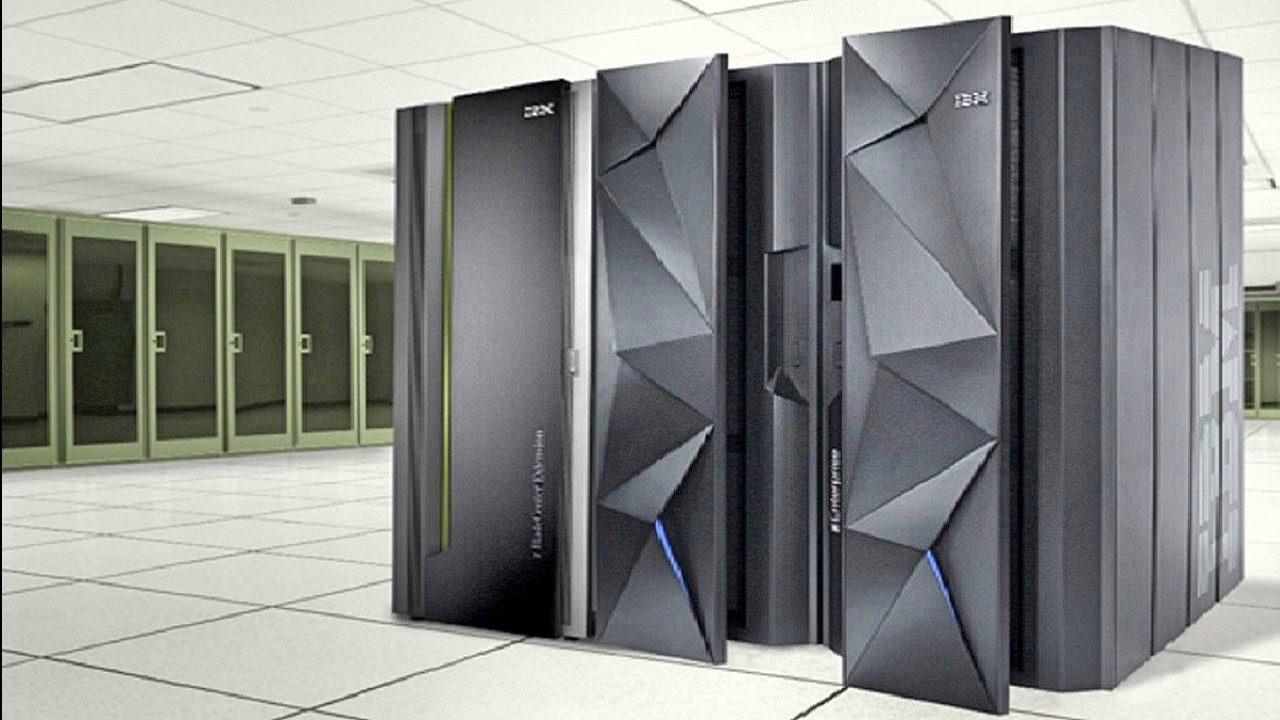
How Mainframe Computers Have Changed Over the Years?
Mainframe computers have played a crucial role in the evolution of computing technology over the years. These powerful machines have been around since the 1950s and have undergone many changes and advancements in their design and functionality. In this blog, we will take a closer look at how mainframe computers have changed over the years.
1950s-1960s
The first #mainframe computers were developed in the 1950s and were huge, room-sized machines that were used primarily for scientific calculations and military purposes. These early mainframes were slow, expensive, and difficult to operate, but they marked the beginning of a new era in computing.
The IBM 701 was one of the first commercially successful mainframe computers. It was introduced in 1952 and was the first machine to use magnetic core memory, which allowed for much faster access to data than earlier vacuum tube computers.
In the 1960s, IBM introduced the System/360 mainframe, which was a revolutionary machine that could run a variety of software and applications. This made it possible for businesses and organizations to use mainframes for a wider range of tasks, such as data processing, accounting, and inventory control.
1970s-1980s
In the 1970s and 1980s, mainframe technology continued to evolve rapidly. Mainframes became faster, more reliable, and easier to use, thanks to advancements in hardware and software design.
One of the most significant developments in this era was the introduction of virtual memory, which allowed mainframes to handle larger programs and data sets than ever before. This made mainframes even more useful for complex scientific calculations, financial modeling, and other applications that required massive amounts of data to be processed.
Another major change in this era was the introduction of the #IBM System/370 mainframe, which introduced a new operating system called OS/VS1. This operating system was designed to be more flexible and user-friendly than previous mainframe operating systems, and it made it easier for programmers to develop and run applications on mainframes.
1990s-Present
In the 1990s and beyond, mainframe technology continued to evolve and adapt to changing technological and business environments. One of the most significant changes in recent years has been the move towards cloud computing and virtualization.
Mainframe virtualization technologies such as z/VM and z/OS provide virtualization of the mainframe hardware, allowing multiple operating systems and workloads to coexist on a single mainframe. This has helped to reduce costs, improve efficiency, and increase flexibility in mainframe environments.
Another major trend in recent years has been the development of Linux-based mainframes. This allows organizations to run Linux applications on mainframes, making them even more versatile and useful for a wider range of tasks.
Despite the many changes and advancements in mainframe technology over the years, mainframes remain a vital part of modern computing. They continue to be used in many industries, including finance, healthcare, and government, where their reliability, scalability, and security are essential for mission-critical applications.
In conclusion, mainframe computers have come a long way since their early days in the 1950s. From huge room-sized machines to modern virtualized systems, mainframes have continued to evolve and adapt to the changing needs of businesses and organizations. While they may no longer be the only game in town, mainframes remain an important part of the computing landscape, and their impact on computing technology cannot be overstated.